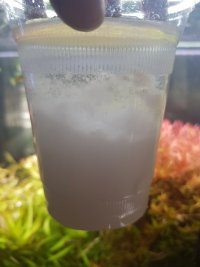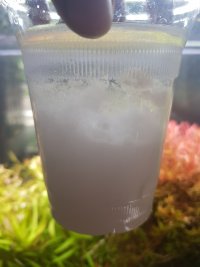If the K3PO4 wasn't giving the ppt I would say its fine , however the ppt surgests IMO is impure. If we knew the impurity% or the K3PO4% of the salt was we could work with it. With it having a ppt ( we/you could decanter the soluble salt) the actual [K] and [PO4] will be less than you think, so A little more K3PO4 may be needed (if require). The beauty of using RO water is we know what's in the water as we have added it.Hey guys
@Zeus. I managed to get it from a friend who is one of the distributors of chemicals and he lives near me.
However I just want to confirm if you think it's better to use the K3PO4 or just stick to the KH2PO4.?
I will again try to procure it from another seller and try the formula again.
Because using K3PO4 reduces the amount of sulfur added with the K2SO4.
Again I'm really sorry if this is all simple to you all but I'm really new at all this😁.
Thanks for all the replies.
Regards
Donovan
I would say using KHPO4 is better for most folk as it is easy to get hold off.
I don't personally have any issues with high SO4 levels as with my very hard tap water I dread to think how much SO4 s actually in the tap water, so I just accept it as it is as without going down the RO/rainwater route I have little choice ATM.
If/when I was using RO water I would use KCL and K2SO4 50:50 to help reduce the high [SO4].
Never apologize for asking a question, even if may seem simple/stupid to others









